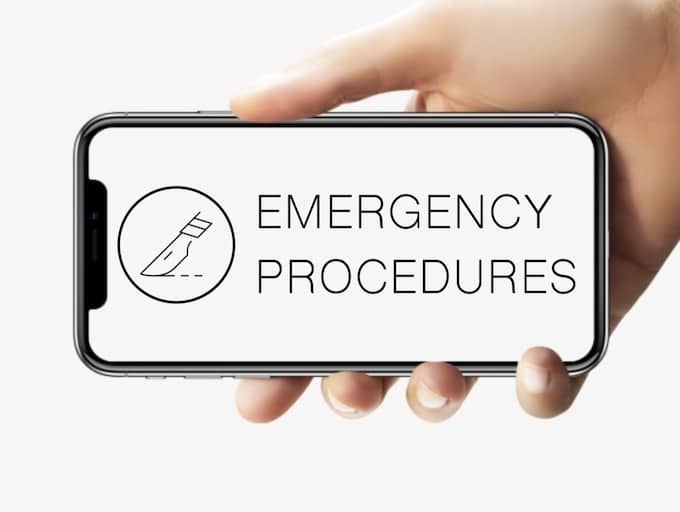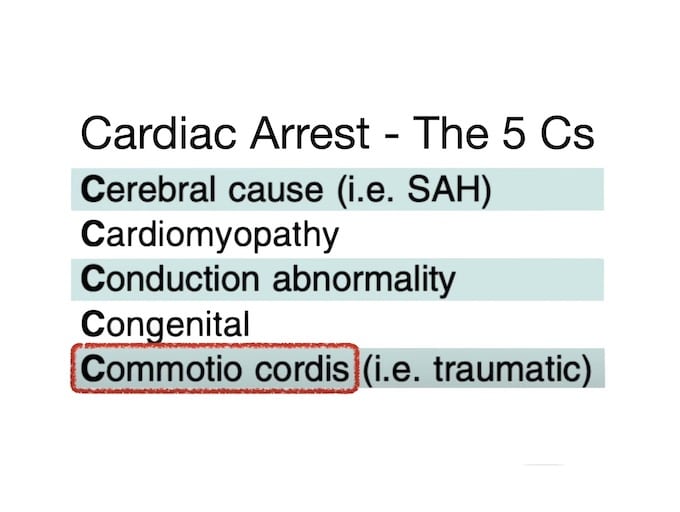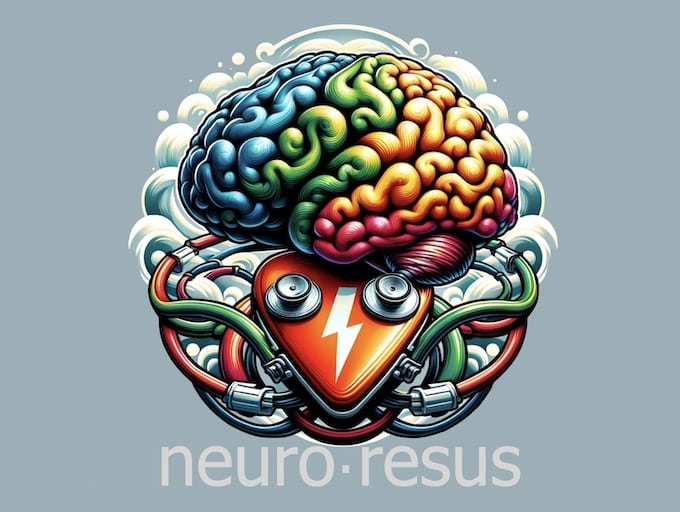
Procedure: Radial Arterial Line
Emergency Procedure: Radial Arterial Line, with a guide made in partnership with a recent publication in Emergency medicine Australasia

Emergency Procedure: Radial Arterial Line, with a guide made in partnership with a recent publication in Emergency medicine Australasia

Cardiac Arrest - the 5 C's with Cliff Reid. Causes Of Cardiac Arrest You NEVER Thought Of?! Meet The Hs & Ts & Cs!

Amal Abou-Hamden discusses intracerebral haemorrhage (ICH), and the history of management of surgical management of ICH including the STICH1, STICH2 and EVACUATE trial

Hypertonic Saline vs Mannitol - The Answer? The perennial debate of which osmotic agent to use to reduce elevated ICP still rages on.

Spinal Rehab Specialist Bonne Lee talks about Managing Complications of Chronic Spinal Cord Injury (SCI)

Stuart Browne is a Neuro Rehabilitation specialist from Sydney. He discusses what “severe disability” really means.

Stuart Browne is a Neuro Rehabilitation specialist from Sydney. He discusses what “severe disability” really means.

Mark Weedon takes us through the increasingly utilised concept of an optimal cerebral perfusion pressure (CPPopt) for each unique patient.

Victoria Whitfield and Louise Sayers discuss the importance of effective communication from health professionals to patients and their families
Charles Rufus Baxter (1929-2005) was an American physician. Baxter made significant advances in the treatment of burn victims and trauma procedures introducing the Parkland formula in 1968.

Haemorrhage Control: Principles and Cognitive Aid Part 2. Specific Measures in Severe Bleeding

Haemorrhage Control: Principles and Cognitive Aid with Cliff Reid. Don't Let Your Patient Bleed to Death!